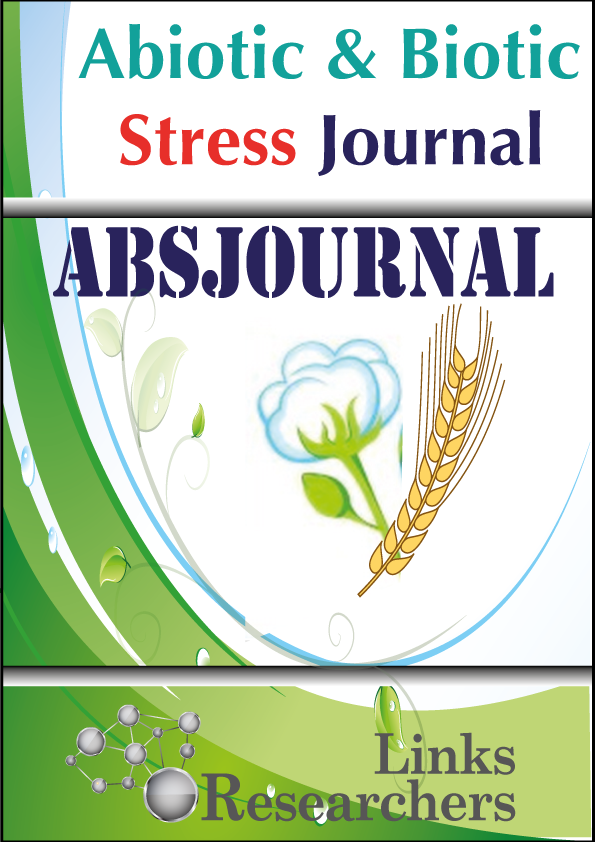Muhammad Zahid1*, Muhammad Salman2, Shah Alam Khan2, Alamzeb1, Inamullah Khan1
Asma Noshad1, Mudassar Iqbal1*, Zafar Iqbal1, Hamida Bibi2, Saifullah3, Salma Bibi4, Hamid Ullah Shah1
Rodolfo Villagra-Blanco1*, Gaby Dolz1, Danilo Montero-Caballero2, Juan Jose Romero-Zuniga2
Muhammad Zahid1, Muhammad Hamid Bashir1*, Bilal Saeed Khan1 and Muhammad Shahid2
Ambreena Hafiz1, Tanzeela Riaz2 and Farah Rauf Shakoori1*
Muhammad Basit1, Shafqat Saeed2, Mushtaq Ahmad Saleem3, Rana Zulfiqar4
Ali Murad Rahoo1,2, Tariq Mukhtar3,*, Simon R. Gowen1, Rehana Kanwal Rahoo4 and Shaukat Ibrahim Abro5
Rashid Ahmed Khan* and Muhammed Naveed
Saqib Ali1, Suliman Ali1, Lina1, Wen Zhou1, Muhammad Irfan Waris1, Ashfaq Ali2 and Man Qun Wang1,*
Waqar Islam
Nirbhay Kushwaha, Achuit K Singh, Brotati Chattopadhyay and Supriya Chakraborty
Neerja Agrawal, Mukesh Srivastava, Akhilesh Tripathi and Amrendra Singh
Palash Mondal1 , Amitava Konar2 and N. Johnson Singh3
S. K. Mukhopadhyay and M. V. Santha Kumar
1S. A. Khan and 2S. Jha
K.N. Ahmed and M.R. Hasan
Bijan Kumar Das
S. Subharani, S. S. Thorat, N. Abem, L. Amit Kumar and T. K. Singh
Amitava Konar, Palash Mondal and N. Johnson Singh
D. Sharmah, K.C. Deka and A.K. Phukan
M. S. A. Mamun and M. Ahmed
Amitava Konar, Kiran A. More and Pradip Mondal
Amitava Konar, S. Paul and Kiran A. More
A. Regupathy and R. Ayyasamy
S.K. Sahoo
M. A. Al-Helal, K. N. Ahmed, N-E-P. Khanom, and S. Bulbul
Dipak Mandal, Paramita Bhowmik and M.L. Chatterjee
A.A. Oyerinde, P.Z. Chuwang, P.Z. and G.T. Oyerinde
Dipak Mandal, Paramita Bhowmik, Pronobesh Halder and M. L. Chatterjee
D. C. Khatua, B. Mondal and G. Saha
S. Patra, V.W. Dhote, SK F. Alam, B.C. Das, M.L. Chatterjee and A. Samanta
Lakshman Chandra Patel and Chandan Kumar Mondal
Rashid Pervez, Santhosh J. Eapen, S. Devasahayam and M. Dinsha
Goutam Samui and S. Jha
Amitava Konar and N. Johnson Singh
Shekharappa
...
N. Mandi and A. K. Senapati
V. N. Jalgaonkar, M. S. Gawankar, V. W. Bendale and P. D. Patil
...
S. Pal and I. Sarkar
Sania Shaheen1*, Hina Fatima2 and Muhammad Azeem Khan3
Wali Khan1, Naushad Khan2 and Shaista Naz2*
Attaullah Ansari* and Nasreen Memon
















